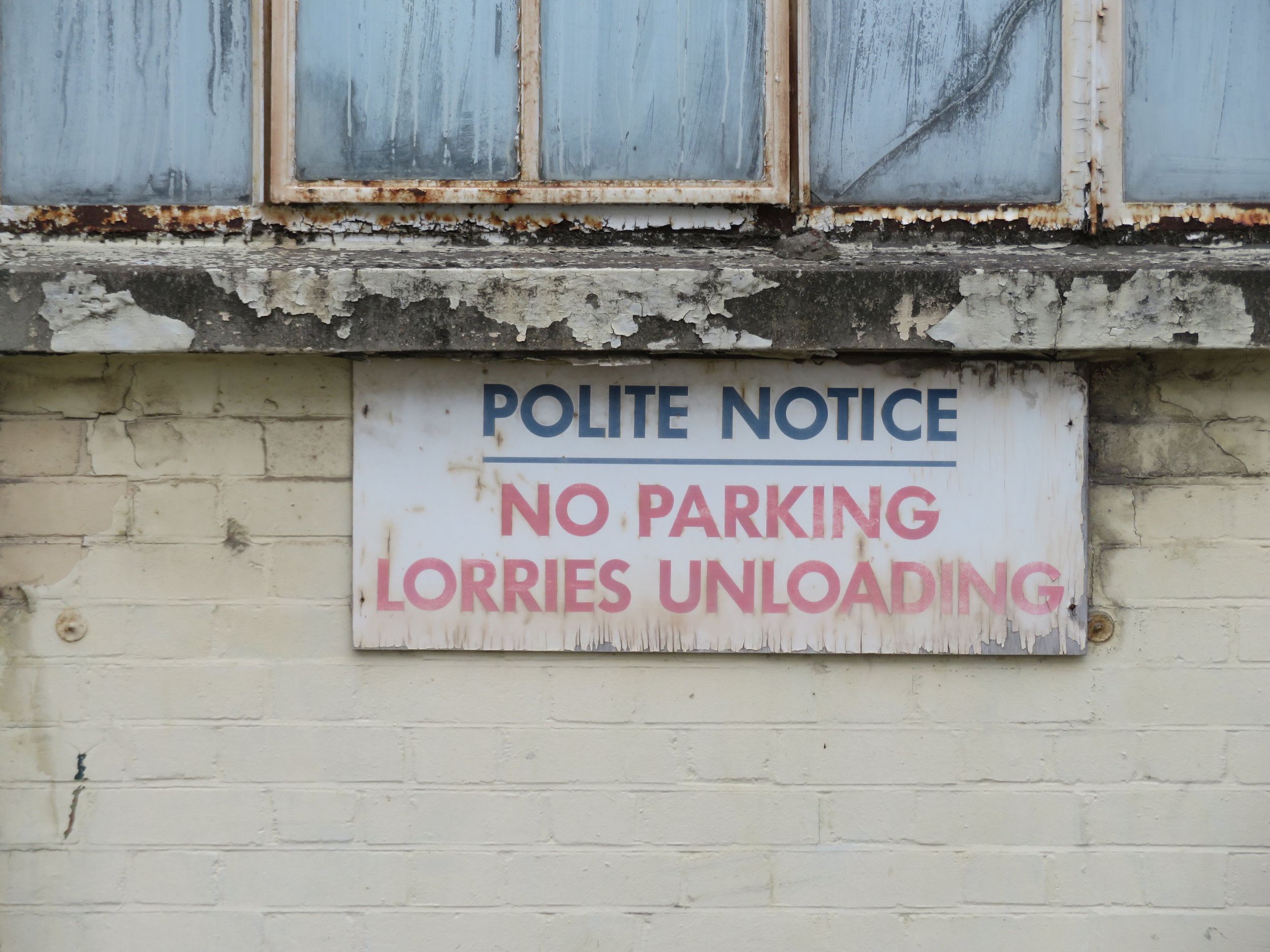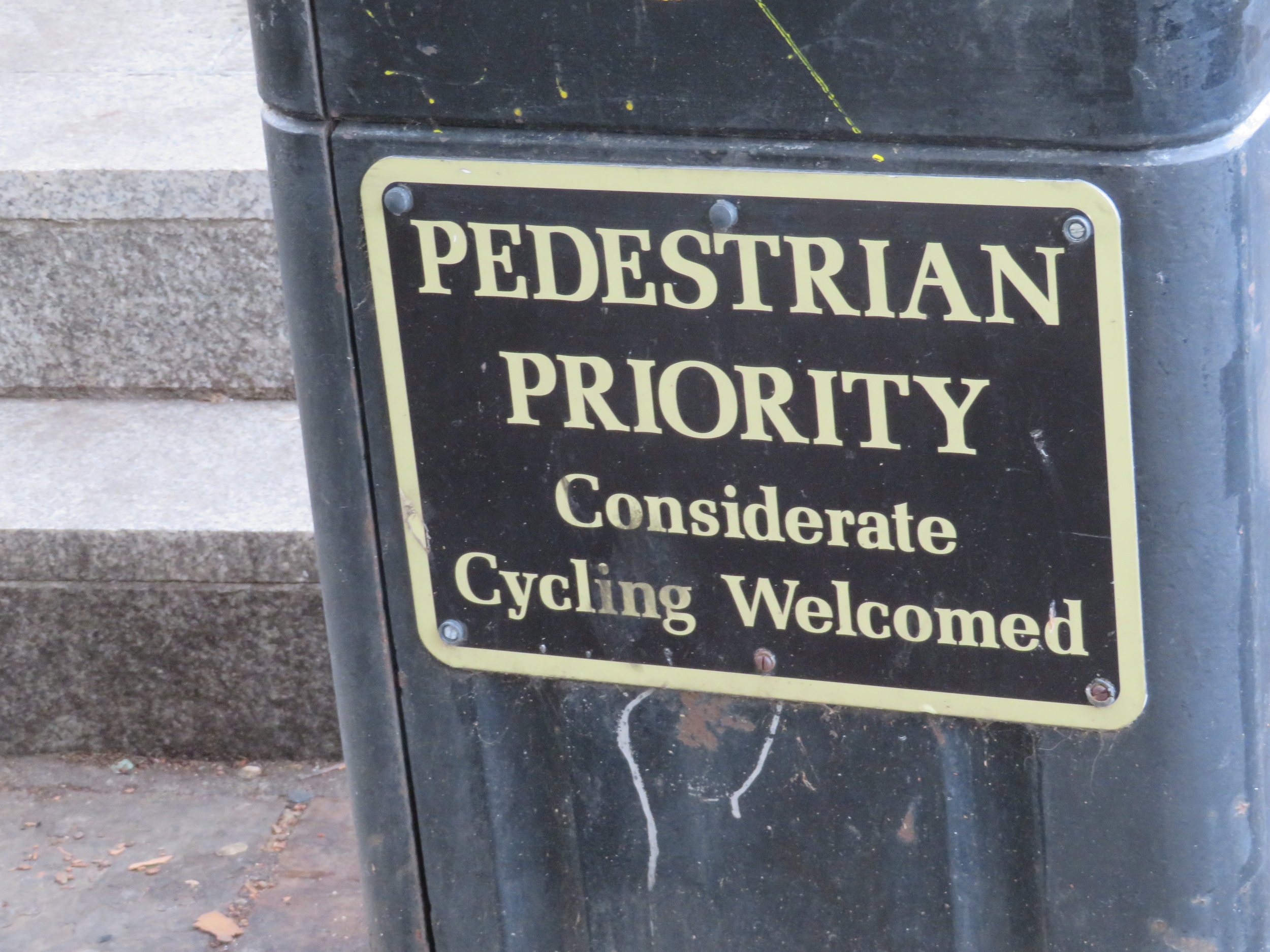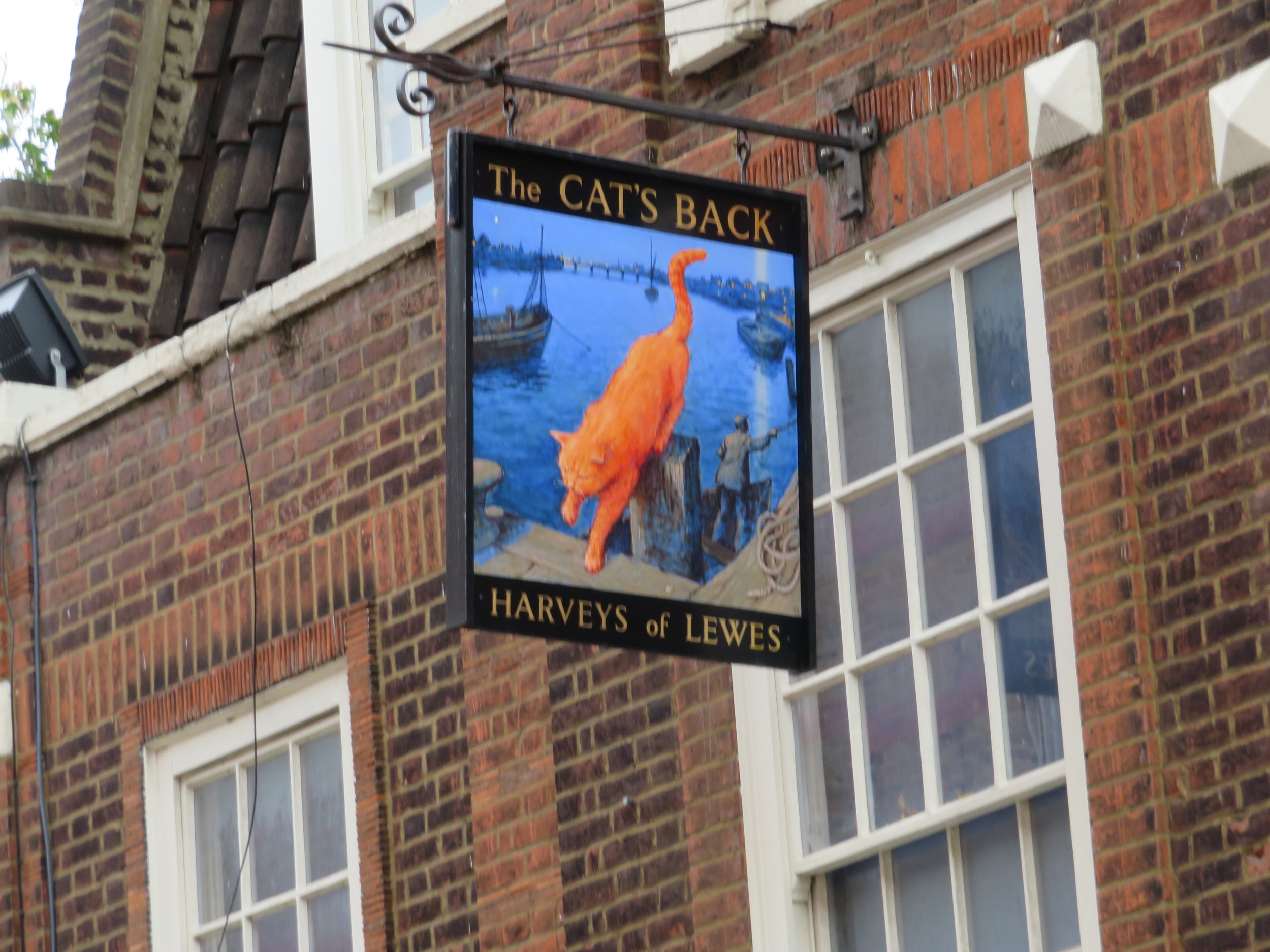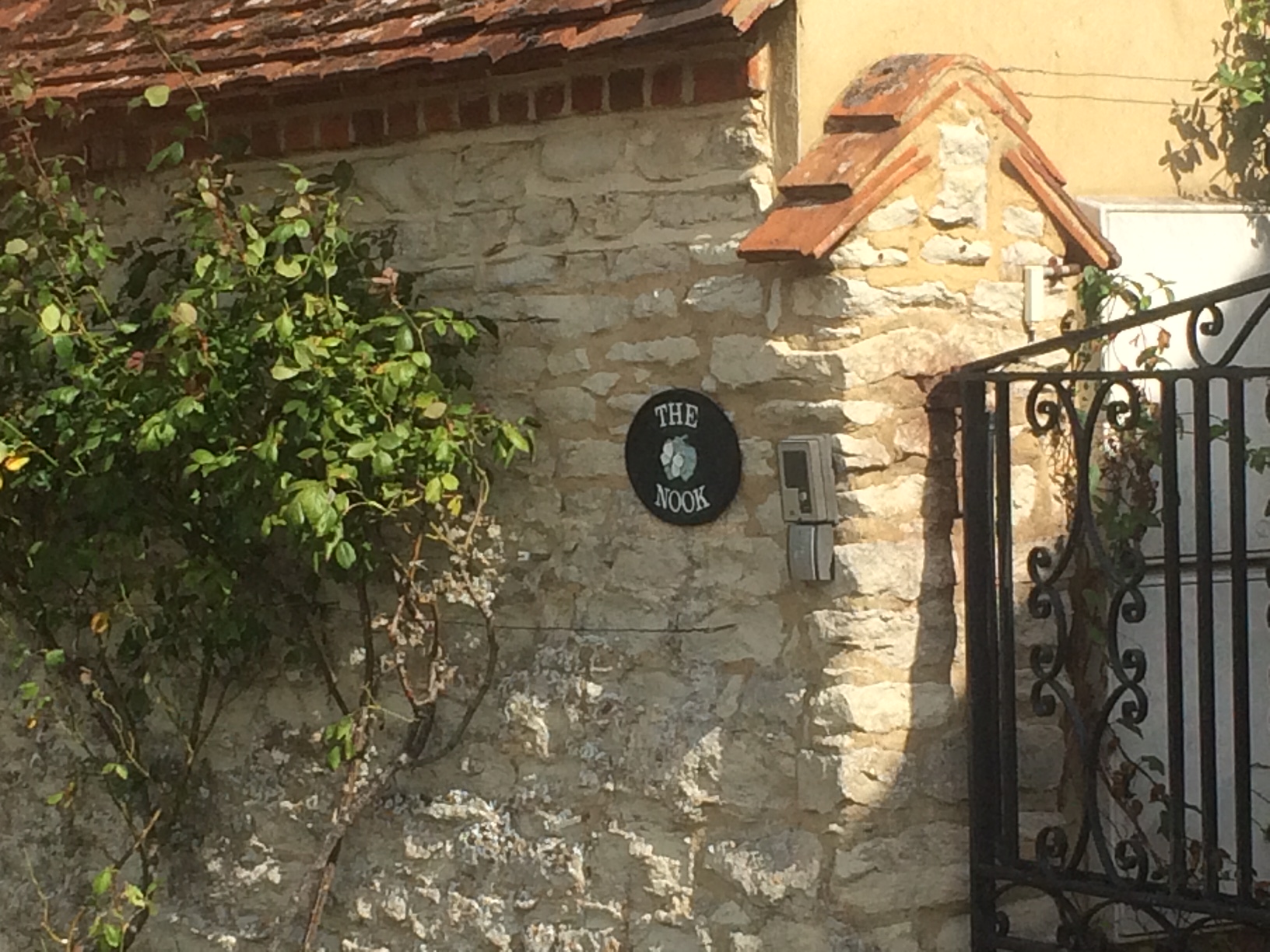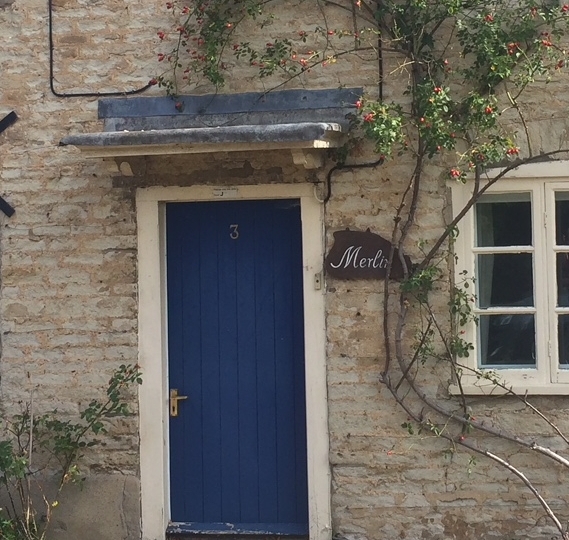Blue View – Differences Between the Brits and the Yanks
/“We have really everything in common with America nowadays, except, of course, language” is a line from the Canterville Ghost, and it is as true now as it was when Oscar Wilde wrote it in 1887. We've been corrected on more than one occasion that we don't actually speak English, but rather, 'American'. Books have probably been written describing the differences in accent, slang and vocabulary between our two countries. Language differences aside, there are a whole host of other differences between the Brits and the Yanks. Some of the differences are good, some bad, and some are just different. Here's a few we observed:
Big, clunky power plugs. Their plugs are designed to carry up to 13 amps at 220VAC. That's roughly 3 kilowatts – enough to power most space heaters, ovens and perhaps a small village or two. While that may be great when you need to power a large electrical appliance, it really seems overkill when charging an iPhone.
Polite Signage. The Brits have the most polite signs. While our signs might say “No Parking – Vehicles Will be Immediately Towed, Crushed and/or Sold for Parts”, or “No littering – Offenders will be Fined $50,000, Sentenced to 2 Years in Jail, then Shot”, theirs would say “Polite Notice – Please don't park here as this is quite inconvenient when we wish to use our driveway”, or “Please be considerate of our wildlife – kindly deposit trash in the receptacle”. How civilized is that?
Too may “U's”. However, do they play Scrabble when they spell so many of their words with an unnecessary “U”, like harbour, colour, flavour, odour? While we're on the subject, they also use too many “C's” - defence, licence, offence, and certainly not enough “Z's” - apologise, recognise, analyse, paralyse.
Pubs and pub signs. We really loved the English pubs. They were warm, inviting and friendly. The ciders were great and the food varied from quite adequate to really outstanding. Best of all were the pub signs. Even a tiny village pub deems it essential to have a fine sign or two with the name of the establishment proudly displayed.
An iconic British double-decker bus
Double-decker buses. The red, iconic British buses just make me want to go for a long bus ride. They're huge, and it always amazes me to see how well they thread their way through the tight, narrow streets and roads.
These benches go way beyond uncomfortable
Bus shelter benches. Most of the bus stops have small shelters, presumably to provide cover during downpours or shade on the occasional sunny day. Rather than including an even slightly comfortable place to sit, however, a narrow plastic, downward sloping plank is provided to serve as a bench. To call these benches uncomfortable is like saying my hiking boots smell 'a trifle off' when I remove them after a long day of hiking. If the goal was to make the benches impossible to lie down and take a nap on, prevent homeless people from moving in, and/or even prevent tired trekkers from taking a short respite, they've succeeded beyond their wildest expectations.
Phone booths. Like red double-decker buses, the red British phone booths are a true icon. The Brits, of course, have embraced cell phone technology like everyone else, so while there are many of the phone booths still around, very few actually have a working telephone. Most are just for tourist photo ops and are empty - without even an uncomfortable bench to sit on. We did see a few that were re-purposed, such as a place to post public notices and a couple that were used to house an automatic defibrillator. I didn't notice whether the latter required exact change or if a credit card could be used to operate the defib.
Shopping carts. On American shopping carts, only the front wheels swivel - the rear wheels are fixed and point forward. On British shopping carts – as well as the shopping carts in many parts of the world – all four wheels swivel. Now this doesn't seem like a big deal, and at first, I even thought it might be a good idea. After all, you can rotate the cart in place and even push it sideways if you like, although I'm not sure why you'd want to - other than the pure novelty of the experience. On the other hand, I find them much harder to steer than ours. When turning a corner, for example, the cart doesn't track well and wants to drift out of its lane. So far I've managed to avoid any serious collisions, but it's good, nonetheless, that there's very little road rage in British supermarkets. The biggest problem with four swiveling wheels, however, is when I try to push it along a slight incline, the cart very much wants to go sideways down the incline, and I find I have to walk alongside the cart to keep it heading in the right direction. All in all, when I can find a shopping cart on which all four wheels actually function as they should, I much prefer the American design.
House names. In many small towns and villages, the British name their houses rather than assign numbers. We found this quite charming and endearing when we weren't actually looking for a particular house - like the AirBNB we stayed at with an address of 'The Lair on Burnsby Road'. Our iPhone had no clue to its location. We only found it by calling the proprietor who stood out on the street and waved at us. On a similar note, the addressing scheme in the cities is to say the least, confusing. It's not at all unusual to be walking along a major thoroughfare, looking for an address, say 367 Manfrengensen Road. The building numbers progress nicely - 235, 237, 239 Manfrengensen Road, until you get to the next block where the street and numbers change completely, and you find yourself walking in front of 36 Horatio Hornblower Square. Continue along for a few blocks, and the street and numbers will change again – but don't despair... in another six blocks the street name will probably change back to Manfrengensen Road and the numbers will pick up where they left off a mile or so before.
Duvets. A duvet, in case you don't already know, is big flat bag – sort of a full bed pillowcase – that is filled with down, feathers, or a blanket or two, and which serves as a combination top sheet, blanket, comforter and bedspread. Depending on the season, the filler may be changed so that the thickness and warmth can be modified as desired. In the hotels and pubs we stayed, the duvets always seemed to be filled with enough blankets to get us through a New England winter. On our bed at home, we can use just a sheet if it's warm, then pull up a light blanket if it cools down later, or even pull up the comforter if it gets really chilly, but with a duvet, you have the choice of the full R-200 rated duvet or nothing. You can, of course, provide some temperature control by leaving more or less of your anatomy exposed. I found that on our trip, I usually varied my coverage from between one foot covered to perhaps as much as a leg and arm covered, and when I woke up either shivering or sweating, I'd re-adjust as necessary. The biggest advantage of a duvet in a hotel is that between guests, presumably the entire duvet cover is removed and washed. I often ponder this as I sit on a bedspread or blanket in a U.S. hotel that has had at least 5,000 bare, hairy asses sitting on it over the years, and I'm 99% certain they rarely, if ever, get washed. I most assuredly suspend the 60 second rule if I happen to drop an almond on the bedspread when staying in an American hotel.
This duvet is rated to -15 degrees
So, there's lots of differences both good and bad. But if everything was the same wherever we went, travel would be a whole lot less interesting, wouldn't it?



